Planting Miscanthus grass
cactusgarden
12 years ago
Related Stories

GARDENING GUIDESGreat Design Plant: Purple Needle Grass, California’s State Grass
The long-lived, drought-tolerant Stipa pulchra is as admired for its benefits as for its good looks
Full Story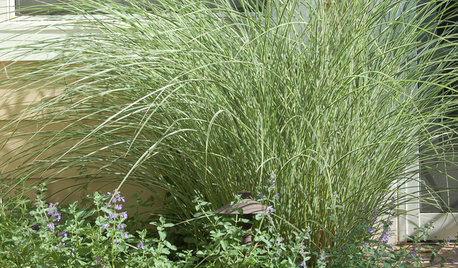
GARDENING AND LANDSCAPING5 Smokin' Warm-Season Grasses
Beat the heat with beautiful grasses that help your landscape shine from summer through fall
Full Story
GRASSES10 Ways to Use Ornamental Grasses in the Landscape
These low-maintenance plants can add beauty, texture and privacy to any size garden
Full Story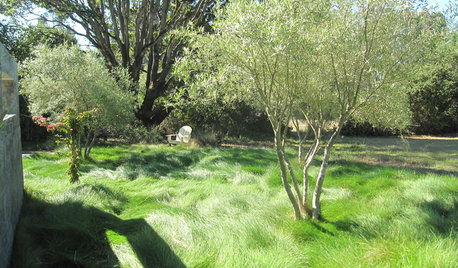
GARDENING AND LANDSCAPING7 Ornamental Grasses for Coastal Gardens
These hardy seashore plants evoke the ocean, sway in the breeze and help prevent sand erosion in the landscape
Full Story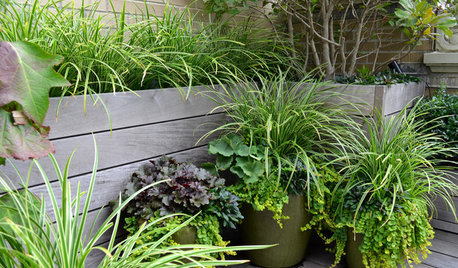
PLANTING IDEASCreate High-Impact Container Gardens With Grasses
When it comes to adding drama, texture and panache to a pot, these strappy species are hard to beat
Full Story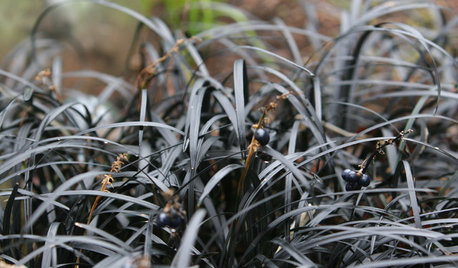
GARDENING GUIDESGreat Design Plant: Black Mondo Grass
Skip the mall and spend Black Friday planting this unusual low-maintenance grass
Full Story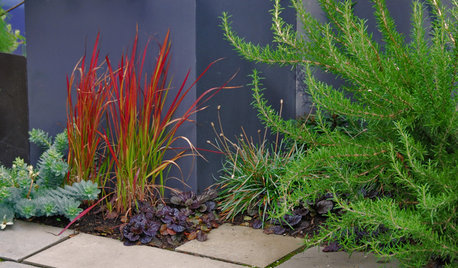
RED FOLIAGEGreat Design Plant: Japanese Blood Grass
This dramatic, ruby-tinged grass bridges the gap between red and green, short and tall plants
Full Story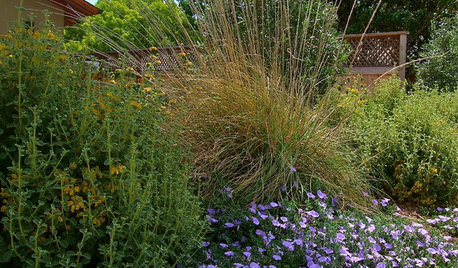
GRASSESGreat Design Plant: Deer Grass
Give wildlife a snack and give yourself a break — this food-source grass is easygoing in many climates and conditions
Full Story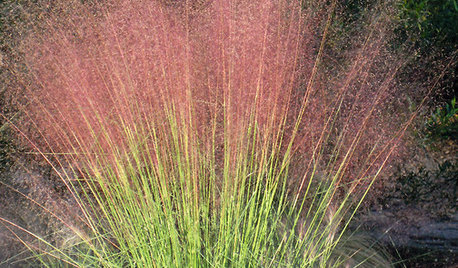
SUMMER GARDENINGGreat Design Plant: Pink Muhly Grass
Bring billowing clouds of pink to your yard with this heat-tolerant, sun-loving ornamental grass
Full Story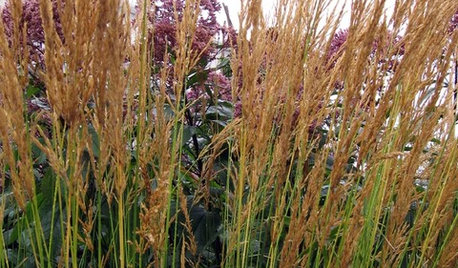
GOLD FOLIAGEGreat Design Plant: Feather Reed Grass
Use this ornamental grass for height, color, texture and motion in your landscape
Full StoryMore Discussions







donn_
cactusgardenOriginal Author
Related Professionals
Wrentham Landscape Architects & Landscape Designers · Signal Hill Landscape Architects & Landscape Designers · Anderson Landscape Contractors · Lantana Landscape Contractors · Whittier Landscape Contractors · Baileys Crossroads Landscape Contractors · Brockton Solar Energy Systems · Dracut Solar Energy Systems · Palo Alto Solar Energy Systems · Bremerton General Contractors · Hagerstown General Contractors · Jacksonville General Contractors · North Highlands General Contractors · Northfield General Contractors · Parma General Contractorsgreenkpr
cactusgardenOriginal Author
buyorsell888
cactusgardenOriginal Author
kidhorn
donn_
kidhorn
donn_
cactusgardenOriginal Author
grassboro
cactusgardenOriginal Author